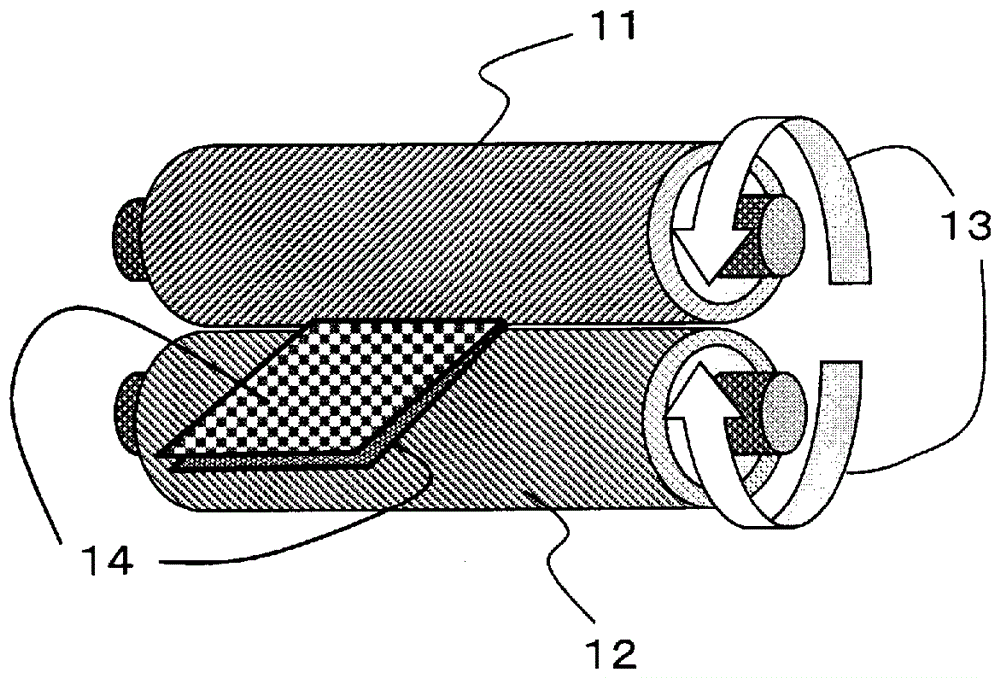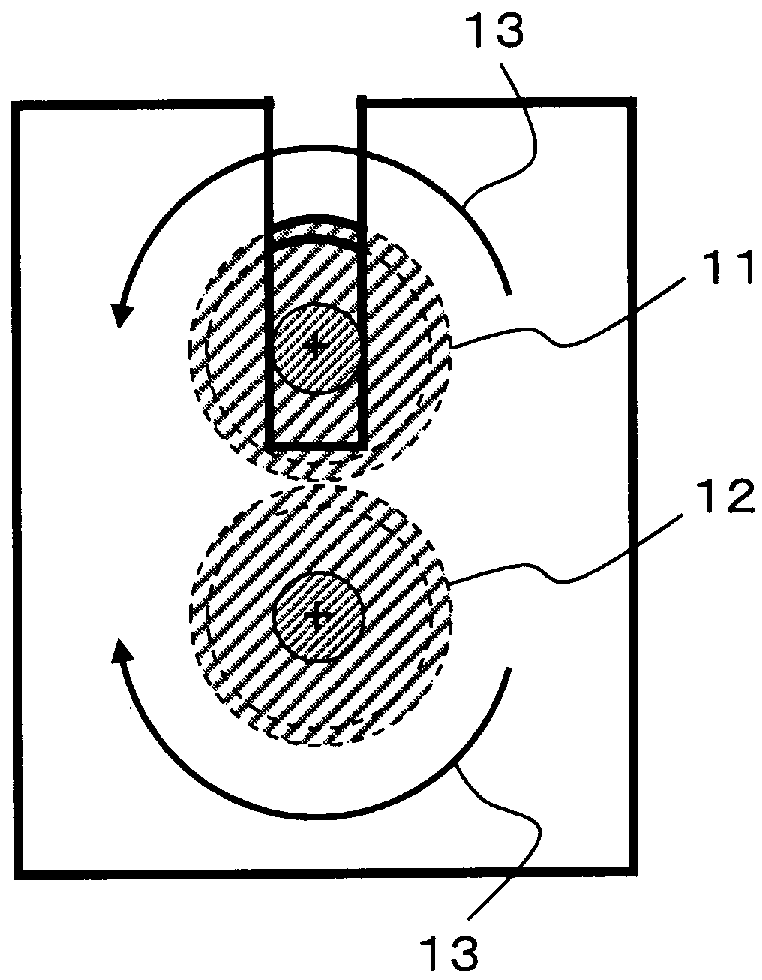Laminate and production method therefor
A manufacturing method and laminated body technology, applied in chemical instruments and methods, lamination, adhesive products, etc., can solve the problems of easy deviation of membranes and organs, maintenance of sutured state, insufficient strength, etc., and achieve excellent adaptability, Improved handling and excellent coverage
- Summary
- Abstract
- Description
- Claims
- Application Information
AI Technical Summary
Problems solved by technology
Method used
Image
Examples
preparation example Construction
[0160] [Preparation method of paint]
[0161] The preparation method of the paint containing the water-soluble resin (A) or the water-soluble resin (E) and the paint containing the polylactic acid resin is not particularly limited, and a crosslinking agent, particles, etc. are added within the range that does not impair the effect of the present invention. When using an additive, it is preferable that the resin and the additive are uniformly dispersed in the paint. According to need, the following methods can be used: use a heater to increase the temperature of the solvent to increase the solubility of the resin; or use a homogenizer that applies shear force, shear stress, jet mixer, ball mill, bead mill, kneading Machines, sand mills, three-roll mills and other devices for mechanically forced dispersion treatment.
[0162] [How to use the laminate]
[0163] In laparotomy, it is preferable to incise a small hole in the abdominal cavity and use an endoscope because the burden...
Embodiment 1
[0279] Using a heating-type homogenizer, dissolve pullulan-1 as a water-soluble resin in water to prepare a water-soluble resin emulsion, which is coated with an applicator method on one side of the substrate film PET-1 to The film thickness after drying was 3 μm, and dried at 90° C. for 20 seconds in a hot-air dryer to form a layer (D) containing a water-soluble resin (E) on the base film.
[0280] Further, as the layer (C) containing the polylactic acid-based resin, a solution in which PLA-1 was dissolved in ethyl acetate was applied on the layer (D) containing the water-soluble resin (E) using a metal rod so that after drying The thickness of the film was 150 nm, and it was dried at 80° C. for 20 seconds in a hot-air dryer to form a layer (C) containing a polylactic acid-based resin, thereby producing a laminated film.
[0281]The laminated film comprising the water-soluble resin (E) and the polylactic acid resin was peeled off from the base film, and pure water was applied...
Embodiment 2
[0283] In the same manner as in Example 1, except that the thickness of the layer (C) containing the polylactic acid-based resin was 50 nm, a fiber structure (B) and a layer (C) containing the polylactic acid-based resin were laminated. laminated body.
PUM
| Property | Measurement | Unit |
|---|---|---|
| thickness | aaaaa | aaaaa |
| thickness | aaaaa | aaaaa |
| thickness | aaaaa | aaaaa |
Abstract
Description
Claims
Application Information
 Login to View More
Login to View More - R&D
- Intellectual Property
- Life Sciences
- Materials
- Tech Scout
- Unparalleled Data Quality
- Higher Quality Content
- 60% Fewer Hallucinations
Browse by: Latest US Patents, China's latest patents, Technical Efficacy Thesaurus, Application Domain, Technology Topic, Popular Technical Reports.
© 2025 PatSnap. All rights reserved.Legal|Privacy policy|Modern Slavery Act Transparency Statement|Sitemap|About US| Contact US: help@patsnap.com



